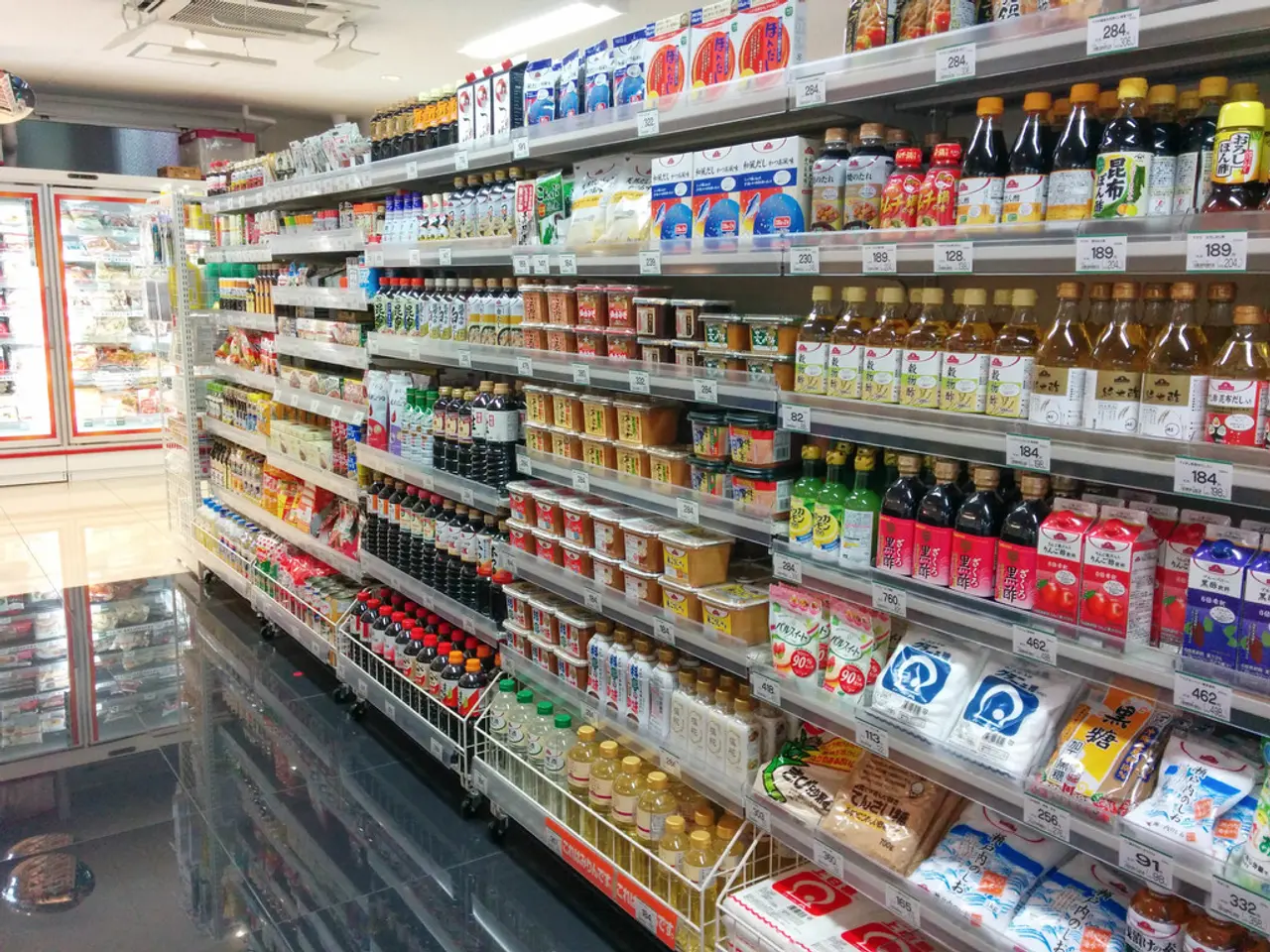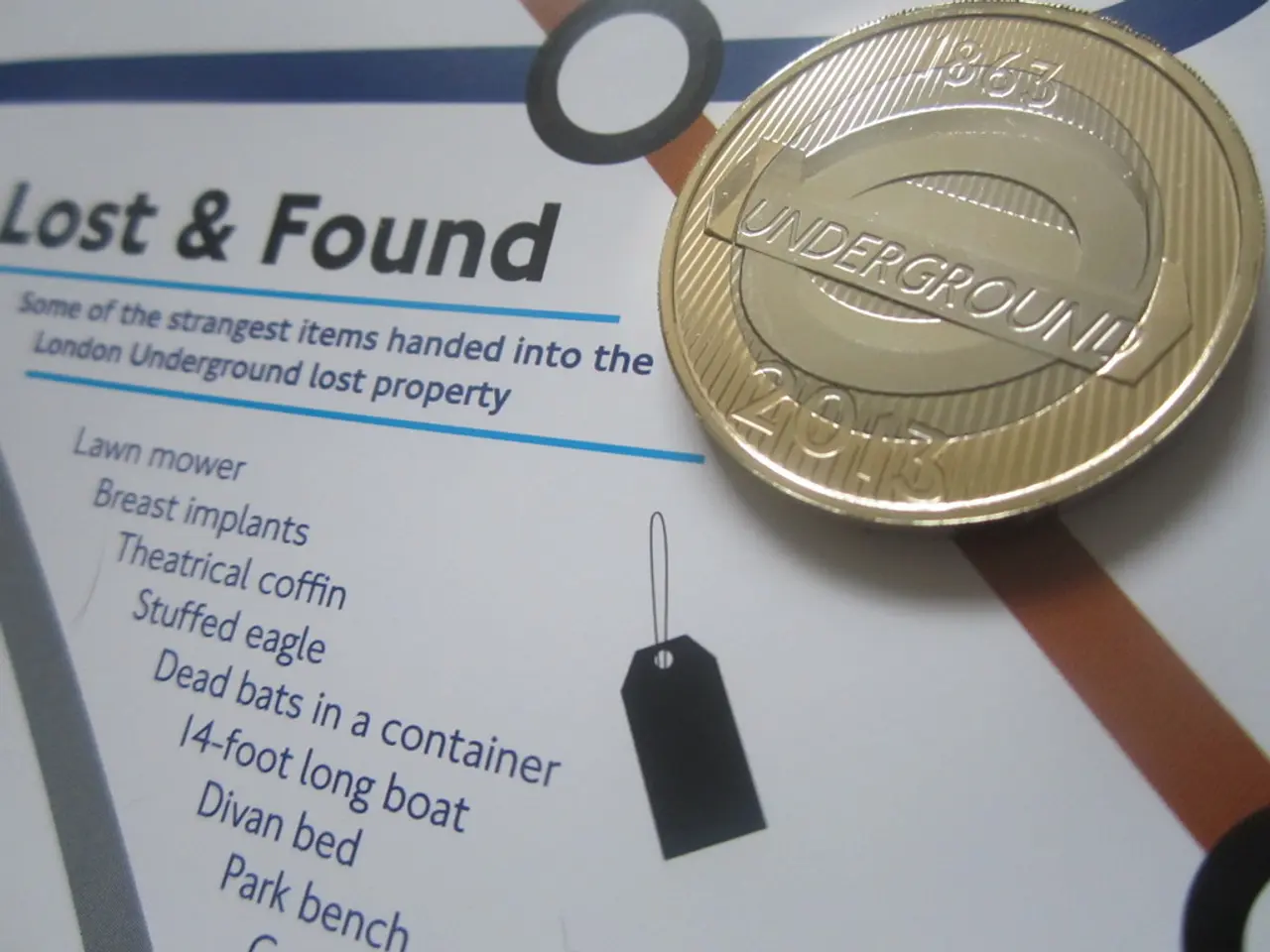Quarterly sales for Abercrombie & Fitch surge by 20% in Q3
Abercrombie & Fitch Co. has reported impressive earnings for Q3 2022, surpassing analysts' expectations. The company's success can be attributed to several key factors, as outlined in their earnings call transcripts and financial reports.
The retail giant saw strong sales growth driven by solid demand across its brands and product lines, resulting in a revenue increase of 20% compared to Q3 2021, reaching $1.1 billion. This positive impact on the top-line results was complemented by improved operational execution, better inventory management, supply chain optimization, and effective cost controls, which enhanced gross margins and overall profitability.
Product innovation and marketing tailored to their customer base also played a significant role in the company's success, supporting higher sales volume and stronger brand loyalty. The digital and omnichannel momentum was another contributing factor, with growth in e-commerce and integrated shopping experiences leading to higher revenue and improved customer engagement.
Abercrombie's Chief Financial and Operating Officer, Scott Lipesky, expressed his satisfaction with the continued progress across regions and brands. The Hollister women's business, in particular, has posted two consecutive quarters of growth.
The Abercrombie apparel brand reported net sales of about $548 million, a 30% increase from last year, while the Hollister brand achieved $508 million in net sales, an 11% increase. Overall, comparable sales for the company rose 16% from last year.
The Hollister brand had a strong back-to-school season, and trends for menswear were similar to the second quarter, with solid performance in non-denim bottoms, fleece, and sweaters.
Abercrombie's liquidity currently stands at about $1 billion, up from $617 million a year earlier, and the company reported $134 million of operating cash flow for Q3. For the first nine months of the year, Abercrombie had an operating cash flow of about $350 million.
The company now expects an operating margin of around 10%, up from a previous range of 8% to 9%. UBS analysts believe Abercrombie is likely to achieve its updated full-year guidance. Analysts Dylan Carden and Alexander Vasti believe Abercrombie's recent momentum may be sustainable due to improved performance of both brands.
The company had an encouraging start to Q4, with the majority of volume yet to come. The fiscal year includes a 53rd week, which is expected to add $45 million to sales growth for Q4. With these promising figures, Abercrombie's playbook appears to be working, giving them confidence as they navigate industry challenges such as inflationary pressures.
- The AI-driven marketing strategies employed by Abercrombie & Fitch Co., tailored to their customer base, contributed significantly to their Q3 2022 success, supporting higher sales volume and stronger brand loyalty.
- The fashion-and-beauty industry is likely to see ongoing positive growth from Abercrombie & Fitch, with their impressive Q3 earnings and updated full-year guidance, resilient even against inflationary pressures.
- Fashion-forward customers will find exciting retail innovations related to health-conscious apparel and sustainable products as Abercrombie & Fitch continues to prioritize environmentally-friendly practices in their business operations.
- The growing influence of e-commerce and digital channels in the retail industry ensures a bright future for companies like Abercrombie & Fitch, with their robust online presence generating steady revenue and improved customer engagement.
- Financial analysts are optimistic about the lifestyle sector, citing Abercrombie & Fitch as an example of a business that has effectively managed inflation through supply chain optimization, cost controls, and improved gross margins, ultimately leading to enhanced overall profitability.




